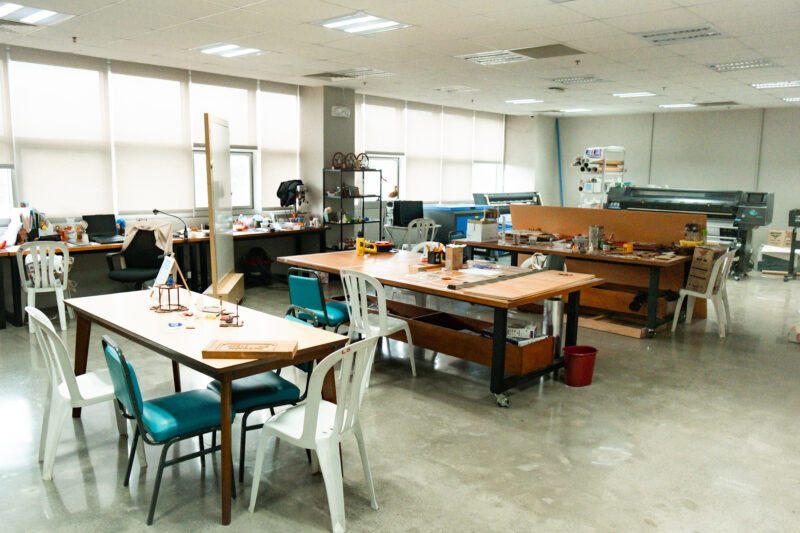FARMERS POUR blood, sweat, and tears into lands they do not own. Reforms from those in seats of power typically tackle such issues of land ownership. The centerpiece agrarian program of the government, for example, has been the Comprehensive Agrarian Reform Program (CARP) which, among many things, is an initiative towards ensuring “a more equitable distribution and ownership of land.”
It seems that CARP’s success on that end is already unpromising: Landowners are normally uncooperative in refusing to transfer their shares of the land, and farmer-beneficiaries of the law are made to acquire ownership of these tracts at steep prices.
Even more work has to be done to address the Filipino farmers’ other problems. One of these hurdles is the Philippines’ poor irrigation system which hampers productivity in the agricultural sector. In 2018, the National Irrigation Administration (NIA) was able to irrigate 60.35% of the 3.128 million hectares of irrigable lands in the country. Despite this, the Philippine Institute for Development Studies (PIDS) reported the continued subpar performance of national irrigation systems with many having water quality issues, inadequate water supply, and deteriorating canals and canal structures.
Another PIDS study found a lack of collaboration between farmers and engineers. Structures made under flagship irrigation projects tend to be “too sophisticated” for farmers to operate. For instance, engineers working on the Upper Pampanga River Integrated Irrigation System (UPRIIS) designed a double-gated water control mechanism that farmers did not know how to utilize.
Projected gains from the agricultural credit system are also lagging. Signed in 2009, the Agri-Agra Reform Act (RA 10000) mandated that banks allocate 25% of their loan portfolio to agriculture and fisheries, at least 10% of which should be set aside for agrarian reform beneficiaries.
Even then, banks are not entirely compliant, perceiving farmers to be high-risk borrowers. Data from the Bangko Sentral ng Pilipinas shows that in the first eight months of 2018, the combined allocation of agrarian reform funds within financial institutions is only 13.74% of the 25% requirement. At the end of 2016, the Agricultural Policy Credit Council (ACPC) documented the credit gap in the agriculture sector to be at Php 367 billion.
Protesting these problems, farmers face the worst of them all: Violence. Since 1950, 11 major incidents have occurred around the country—the most recent being the massacre of 14 farmers in Negros Oriental on March 30.
Few incidents of violence against farmers have been brought to justice. The Mendiola massacre of 1987 remains an open case, with no suspects being held accountable since the incident transpired 30 years ago; soldiers involved in the killing of 17 people—including farmers—in the 1987 Lupao massacre ended up acquitted; charges against police and military respondents responsible for the Hacienda Luisita massacre were ultimately dismissed.
Many of the issues that currently beset the agricultural sector are ones that have existed for decades. Reforms, wherever these have been implemented, are either slow-moving or incomplete. Despite efforts made by every administration that has come and gone, farmers’ lives are as tough as ever.




